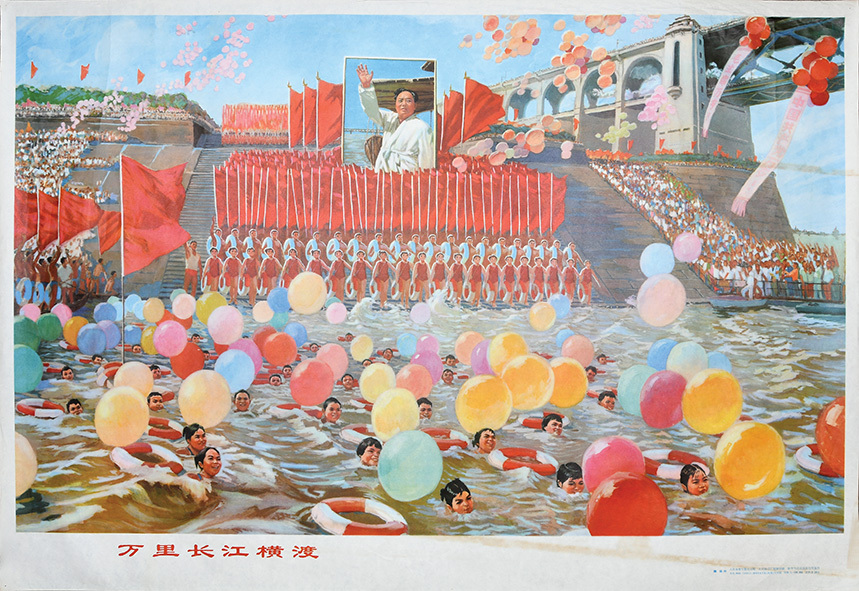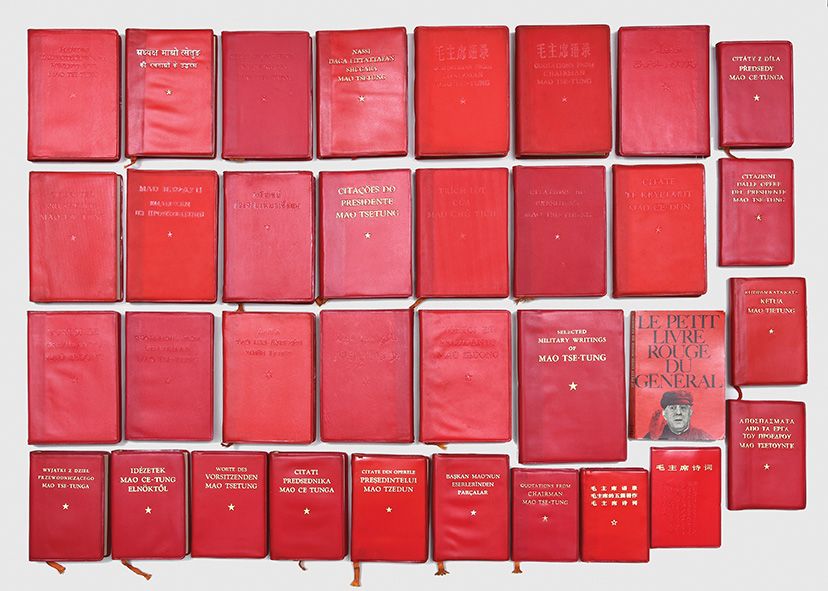The cult of Mao – perhaps the most well-known aspect of modern China’s history – has fascinated me since childhood. The cult was wide-ranging, ostentatious, and quasi-religious, dominating everyday life during the Cultural Revolution and spawning an entire world of print and material culture. I remember, many years ago, my dad asking me how I wished to celebrate my 18th birthday, and my convincing him to take me to the British Museum to see an exhibition of Chairman Mao badges. While he dutifully waited, I spent hours looking at the pieces on display. How intellectually exciting it has been, therefore, to spend the last 2 months bringing together the selection of Mao cult material listed at the bottom of this article.
The items show not only the breadth of the cult, but also accord due space to Lin Biao, Mao’s hand-picked successor who was the man most responsible, besides Mao himself, for stoking the cult and the charged political atmosphere of the Cultural Revolution. This week is a fitting time to be talking about Maoism, for Monday 13th September 2021 marked 50 years since Lin Biao died in a plane crash while attempting to flee China to safety. Up to his death, Lin was consistently described by state propaganda as Mao’s “closest comrade in arms”, and it is hard to overstate the political significance of his meteoric rise and fall.
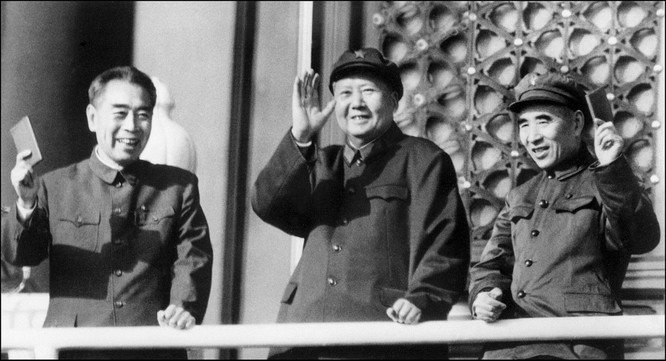
Chairman Mao on the Tiananmen rostrum, joined by Lin Biao (R) and Premier Zhou Enlai (L) waving copies of the “Little Red Book”
Put simply, I don’t think the Cultural Revolution could have happened without Lin. A famed general with a strong powerbase in the army, Lin threw his support behind Mao in the early 1960s when the Chairman was politically becalmed. After Mao launched the Cultural Revolution, Lin backed Mao to the hilt, spearheaded the mass dissemination of the famous “Little Red Book”, and used the army to restore order and implement Mao’s ideological wishes when the Chairman had had enough of the Red Guards and their factional conflicts.
Yet, by 1970, Mao was turning against Lin, wary of the latter’s growing status and mindful of his own warning, contained in the “Little Red Book”, that “the gun must never be allowed to control the Party”. While much is still unknown about the events leading up to Lin’s flight, there is no doubt that, by September 1971, Lin and his closest allies feared that Mao would turn on them in the same way that he had turned on the Party’s old guard at the beginning of the Cultural Revolution.
The options were fight or flight, but a desperate dash for freedom, on an aeroplane perhaps low on fuel, claimed the lives of Lin and the family members travelling with him. In the months and years that followed, Chinese propagandists turned Lin Biao into the archetypal traitor, all traces of his closeness to Mao targeted in nationwide waves of iconoclasm. As for the cult of Mao, its excesses were blamed on the power-hungry Lin and significantly curtailed, although elements persisted until after Mao himself was no more.
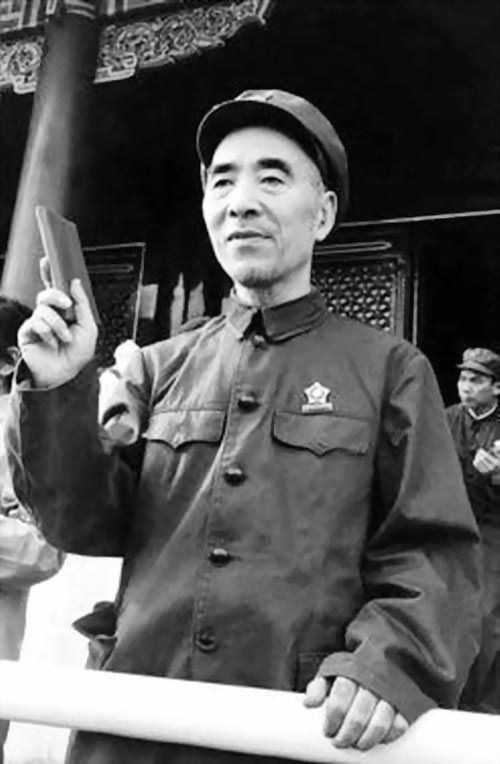
Lin Biao holding up a “Little Red Book” at a Red Guard rally, during the Cultural Revolution
Our featured selection begins with the origins of the most famous manifestation of the Mao cult: the “Little Red Book”. Hundreds of millions of copies of this pocket-sized anthology of Mao’s quotations were printed during the Cultural Revolution, with every Chinese person owning a copy and many knowing the text by heart. Our selection includes the May 1964 first edition of the text in every known state – copies in paper wrappers or the famous red vinyl, with or without a typesetting error in the text, and an especially collectable copy retaining the fragile erratum slip issued to draw the reader’s attention to this error. Only a comparatively small number of first editions were issued, with the book’s editors having little inkling that it would become a nationwide publishing phenomenon. As a result, copies in the various states are all highly prized. Lin Biao was intimately involved in turning the “Little Red Book” into a political sensation, and this state of affairs posed a serious problem after his ill-fated dash for freedom.
One of our first editions is conspicuously missing the facsimile of Lin’s calligraphy included in every copy – this facsimile has been excised during the anti-Lin purge following his death. Recently, we also acquired an extremely scarce precursor edition of the text, printed shortly before the first edition with its own layout and format. These precursors, only ever issued in small quantities, are special items for “Little Red Book” collectors. Ours is unassuming – captivatingly so – and retains the fragile errata slip issued to correct several errors in the text. While the “Little Red Book” is famous, far fewer people know of the editions of Lin Biao’s quotations and speeches published as part of his own cult of personality which grew alongside Mao’s. I have managed to track down several presented here in this collection.
A volume of Lin’s military writings and a 1967 Quotations of Comrade Lin Biao are two such items. You would be forgiven for mistaking these as compilations of Mao texts, following as they do the same recognisable red vinyl design scheme. Perhaps these publications eventually became a cause of concern to Mao, with his fixation on being the undisputed supremo of the Chinese political sphere? I am especially pleased that we are likely the first established Western bookseller to offer Lin’s quotations in Chinese braille. Braille printing is a side of China’s bibliographic culture still overlooked in the collecting and academic worlds, yet it demonstrates that none were exempt from the politics of Mao’s China. Together, these three works helped Lin’s star shine ever brighter – eventually, too bright.
At its height, the Mao cult glorified Mao’s image, words, and deeds in all manner of decorative and everyday objects besides books. We have located an example of surely the strangest of these cult objects: a wax mango, housed in a glass bell jar, commemorating Mao’s gift of a case of mangoes to some Beijing-based revolutionaries in 1968. The gift came to symbolise a transfer of political legitimacy, much heralded in state media, and many wax and plastic replica mangoes in glass vitrines were quickly produced for display in workplaces, homes, and community spaces. After purchase, the replicas were brought to these spaces with great fanfare and venerated as beacons of Maoism.
Yet, after a feverish year, the mango craze died down and the replica mangoes were put away, with many probably recycled or disposed of after Mao’s death. Examples are now prized political collectables. The collection also includes a portable stand where the faithful could display different Mao quotations on small cards, a notebook given to airline passengers, and a plastic desk model of Mao as a red sun. This latter item exemplifies an interesting facet of the Mao cult, namely how over time an “arms race” between producers made Mao items ever larger and more demonstrative of their owner’s revolutionary pedigree. This trend peaked at the Ninth Congress of the Communist Party in 1969 – a meeting that incidentally ratified a new Party constitution explicitly naming Lin Biao as Mao’s successor.
Finally, this selection evinces the truly global nature of the Mao cult and the strong reactions Maoism provoked abroad. Alongside a scarce bilingual edition of the “Little Red Book,” we are offering a 34-item collection of the work in 25 different languages and multiple formats and editions. Again, Lin Biao is a key part of the story, for his death forced publishers to reissue all translations without the endorsement leaf in Lin Biao’s calligraphy included in every edition while he was riding high.
Our 34 items span across the “Lin Biao divide” and include languages from French and German to Swahili, Persian, and Esperanto. Conversely, for those interested in opposition to Maoism abroad, we are offering a “Little Red Book” in English caught up in Washington’s war on Communism, as well as a pamphlet written by a London-based anarchist who abandoned his former support for Maoism and became convinced that Mao wanted a “race war against the white man”. With its supporters and detractors, few other 20th-century publications come close to matching the socio-political influence of the “Little Red Book”. Fifty years on from the death of Mao’s most loyal lieutenant, I hope our selection opens up new avenues for collectors.
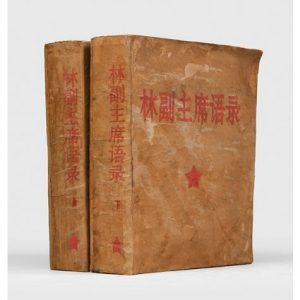
£10,000.00
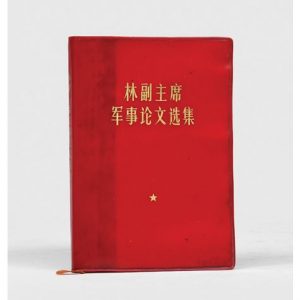
Lin fu zhuxi junshi lunwen xuanji. (Selected Military Writings of Vice-Chairman Lin.), 1970
£750.00
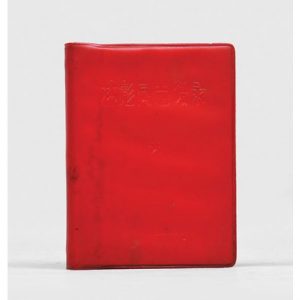
Lin Biao tongzhi yulu. (Quotations From Comrade Lin Biao.) 1967.
£1,250.00
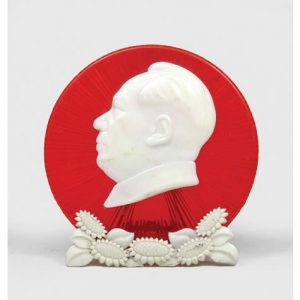
Plastic desk stand showing Mao as a radiant sun. c.1968.
£200.00
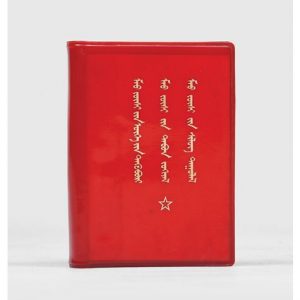
Quotations from Chairman Mao; Five Works by Chairman Mao Poems of Chairman Mao . 1969.
£225.00
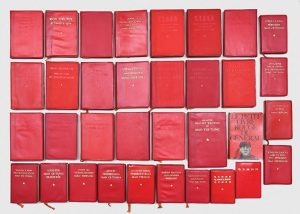
Quotations From Chairman Mao Tse-tung. 1966-72.
£3,250.00
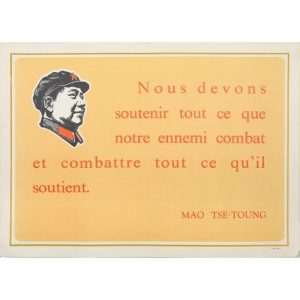
Nous devons soutenir tout ce que notre ennemi combat et combattre tout ce qu’il soutient. (We should support whatever the enemy opposes and oppose whatever the enemy supports.) .
£300.00
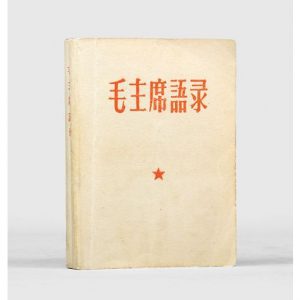
Mao zhuxi yulu. (Quotations From Chairman Mao.) 1964.
£25,000.00
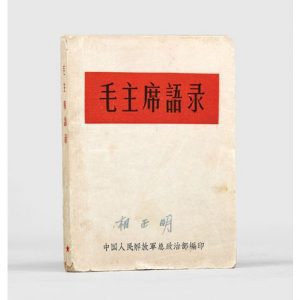
Mao zhuxi yulu. (Quotations From Chairman Mao.) 1964.
£6,250.00

